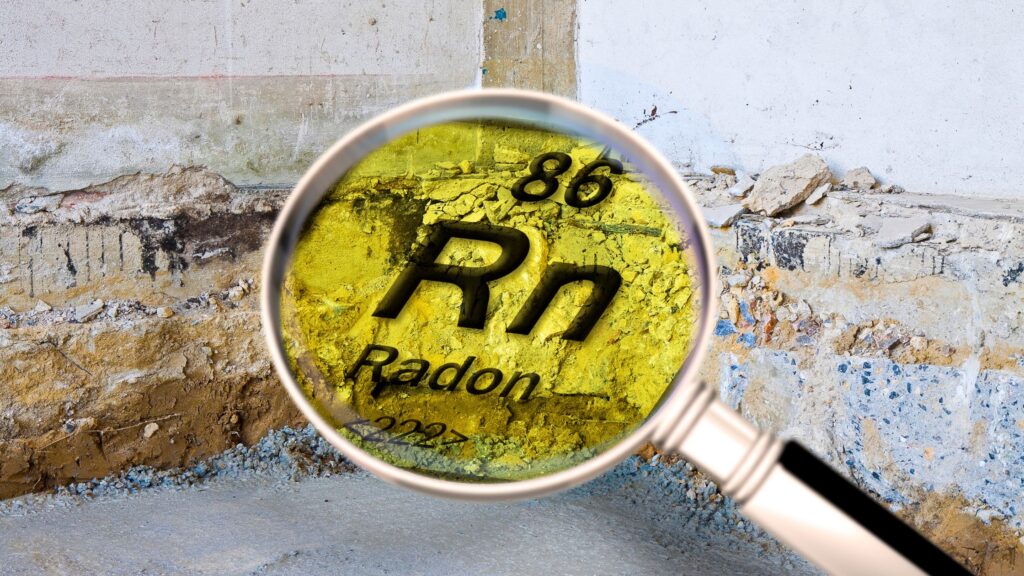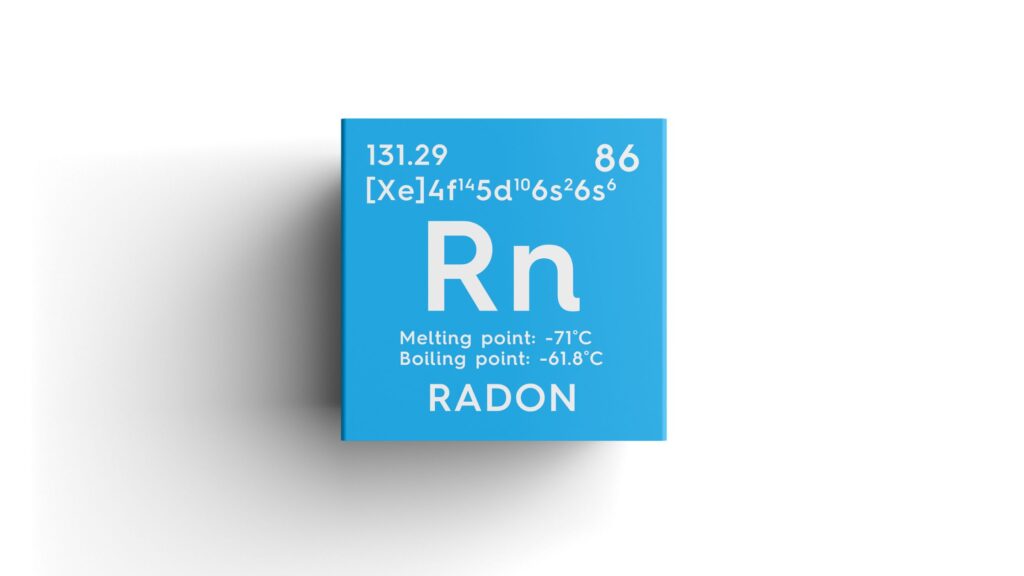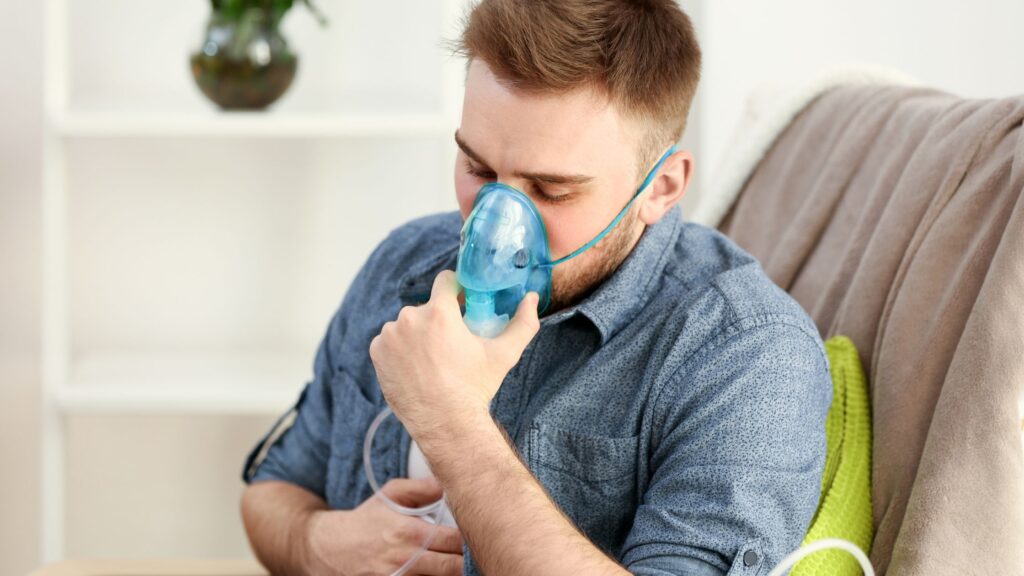Radon is a silent threat that many homeowners unknowingly live with every day. Though invisible, tasteless, and odorless, this radioactive gas can pose serious health risks if left unchecked. Understanding what radon is, where it comes from, and how it affects your indoor environment is essential for protecting your health and your family’s safety.
In this article, we’ll explore everything you need to know about radon, including its origins, risks, testing methods, and prevention strategies. Let’s dive in.
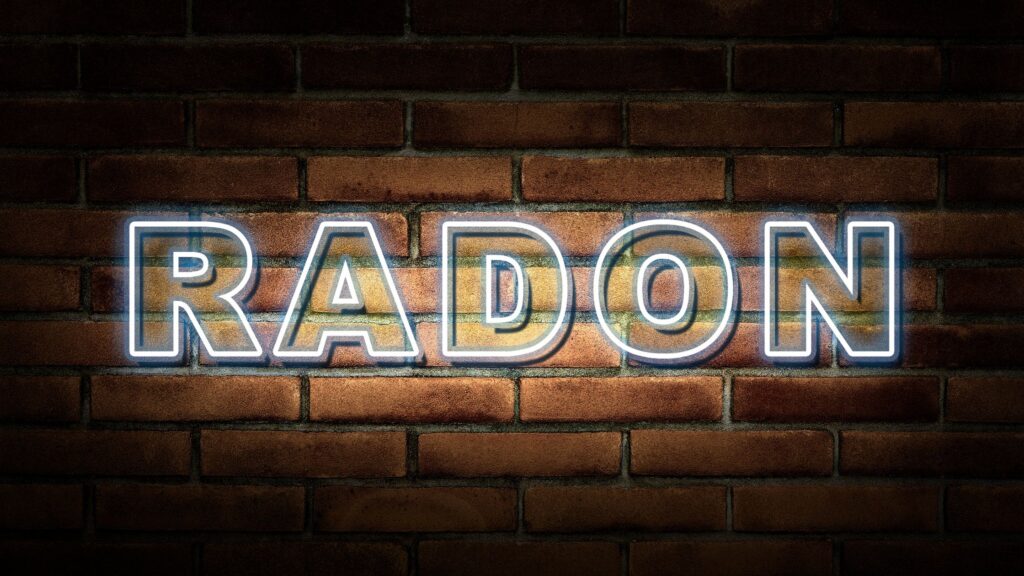
What Is Radon?
Radon is a naturally occurring radioactive gas produced by the decay of uranium in soil, rock, and water. As uranium breaks down, it releases radon gas, which can then seep into homes through cracks and openings in the foundation. Because radon is colorless, odorless, and tasteless, it is impossible to detect without specialized equipment.
Scientists discovered radon in the late 19th century, but its health implications became more evident in the 1980s when it was linked to lung cancer. Now classified as a Group 1 carcinogen by the World Health Organization (WHO), radon has become a key focus in indoor air quality assessments.
How Does Radon Enter Your Home?
Radon gas rises from the ground and can easily infiltrate homes through various entry points. These include:
- Cracks in concrete slabs or basement floors
- Construction joints
- Gaps in suspended floors
- Spaces around service pipes
- Wall cavities and sump pumps
While radon levels vary from house to house, even neighboring homes can show vastly different concentrations. This variation depends on several factors such as soil composition, ventilation, and building materials.
Furthermore, homes with basements or crawl spaces are particularly vulnerable. Even if your home is well-sealed and energy-efficient, it may still trap radon inside, increasing health risks over time.
Health Risks Associated with Radon
Exposure to radon is the second leading cause of lung cancer in the United States, right after smoking. Long-term exposure to high levels of radon can lead to cell damage in the lungs, eventually causing cancer. According to the Environmental Protection Agency (EPA), radon causes about 21,000 lung cancer deaths annually in the U.S.
In non-smokers, radon is the leading cause of lung cancer. If you smoke and live in a home with high radon levels, your risk of developing lung cancer increases significantly. Children may also be more susceptible due to their developing lungs and higher respiration rates.
Clearly, identifying what is radon and mitigating its presence is not just a precaution—it’s a necessity for long-term health.
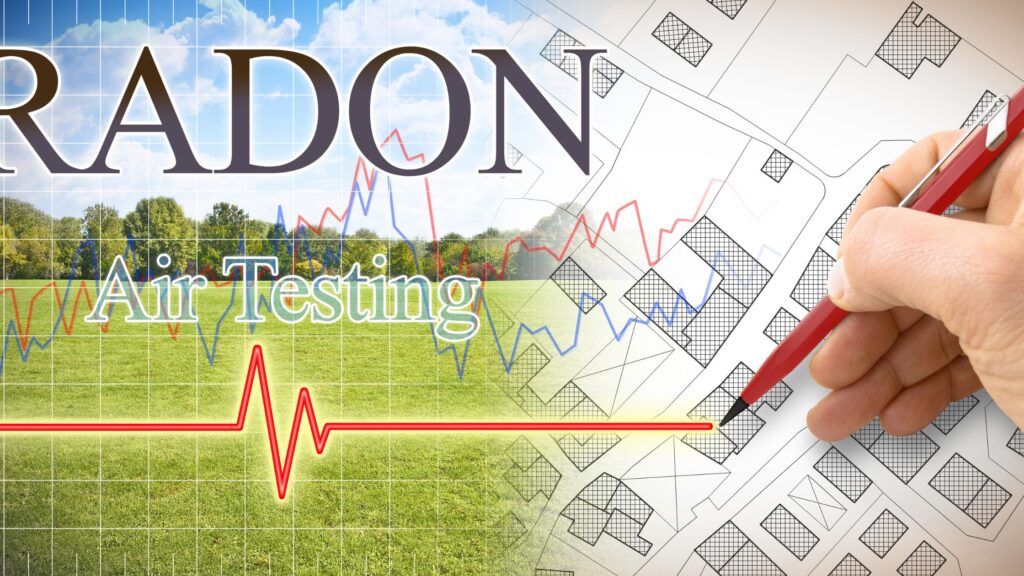
How to Test for Radon
Testing for radon is straightforward and relatively inexpensive. There are two main types of radon tests:
1. Short-Term Tests
These tests last from 2 to 90 days and provide a quick snapshot of radon levels in your home. You can purchase these kits online or at local hardware stores. Simply place the kit in the lowest lived-in area of your home, then send it to a lab for analysis.
2. Long-Term Tests
Long-term tests monitor radon levels for more than 90 days. These tests give a more accurate assessment of year-round exposure and are especially useful if your short-term results are borderline.
You can also hire a certified radon professional for a comprehensive assessment. While DIY tests are helpful, professional testing often includes detailed analysis and guidance on next steps.
Steps to Reduce Radon Levels
If your test results show radon levels at or above 4 picocuries per liter (pCi/L), the EPA recommends taking corrective action. Fortunately, several effective mitigation techniques exist:
- Install a Radon Mitigation System: The most common method is sub-slab depressurization, which uses a vent pipe system and fan to pull radon from beneath the home and release it outdoors.
- Seal Entry Points: Sealing cracks and openings in the foundation can reduce radon entry but is generally used in conjunction with other methods.
- Improve Ventilation: Increasing air exchange can help dilute radon concentrations, especially in basements and crawl spaces.
Taking these proactive steps can dramatically lower radon levels and safeguard your home environment.
Conclusion
Now that you understand what is radon, you can see how critical it is to address this invisible hazard. Radon gas poses a real threat, but the good news is that it’s entirely manageable with awareness and timely action. Testing your home, understanding your results, and applying effective mitigation strategies are all within reach.
For reliable radon testing and mitigation services, consider partnering with professionals like DSM Radon, who are dedicated to ensuring your indoor air quality remains safe and healthy.
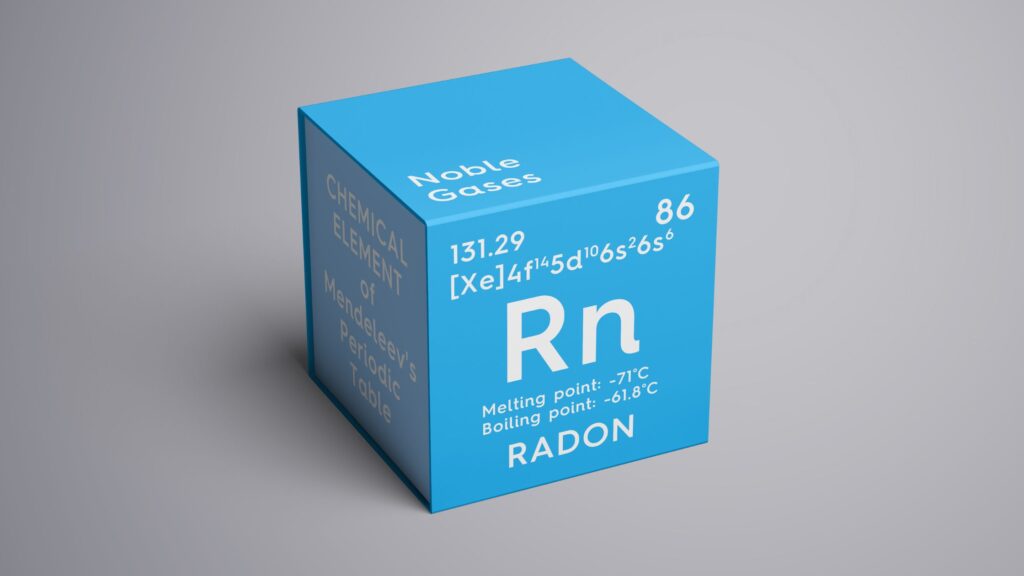
Frequently Asked Questions (FAQs)
1. Is radon really dangerous if you can’t see or smell it?
Yes, radon is extremely dangerous despite being invisible. It is a radioactive gas that can cause lung cancer after prolonged exposure.
2. Can I test for radon myself, or should I hire a professional?
You can test for radon using DIY kits; however, for more accurate results and mitigation planning, hiring a certified professional is recommended.
3. What is considered a safe level of radon?
The EPA recommends action if radon levels are 4.0 pCi/L or higher. Ideally, levels should be below 2.0 pCi/L for optimal safety.
4. Does radon affect newer homes too?
Absolutely. Newer homes can trap radon even more due to tighter construction that limits natural ventilation. Every home, regardless of age, should be tested.

